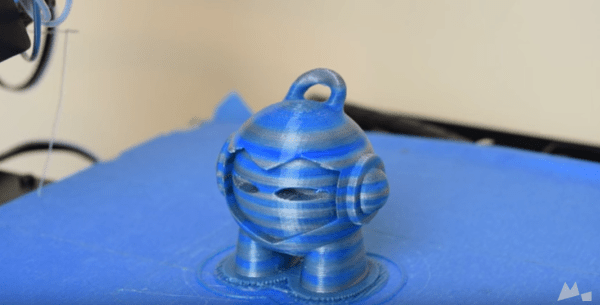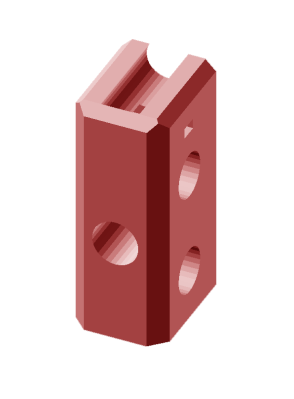Getting to play with technology is often the only justification a hacker needs to work on a build. But when your build helps someone, especially your own special-needs kid, hacking becomes a lot more that playing. That’s what’s behind this media player customized for the builder’s autistic son.
People generally know that the symptoms of autism cover a broad range of behaviors and characteristics that center around socialization and communication. But a big component of autism spectrum disorders is that kids often show very restricted interests. While [Alain Mauer] doesn’t go into his son [Scott]’s symptoms, our guess is that this media player is a way to engage his interests. The build came about when [Alain] was unable to find a commercially available media player that was simple enough for his son to operate and sturdy enough to put up with some abuse. A Raspberry Pi came to the rescue, along with the help of some custom piezo control buttons, a colorful case, and Shin Chan. The interface allows [Scott] to scroll through a menu of cartoons and get a preview before the big show. [Scott] is all smiles in the video below, and we’ll bet [Alain] is too.
Pi-based media player builds are a dime a dozen on Hackaday, but one that helps kids with autism is pretty special. The fact that we’ve only featured a few projects aimed at autistics, like this 2015 Hackaday Prize entry, is surprising. Maybe you can come up with something like [Alain]’s build for the 2016 Hackaday Prize.
Continue reading “Custom Media Player Helps Hacker’s Autistic Son”




















